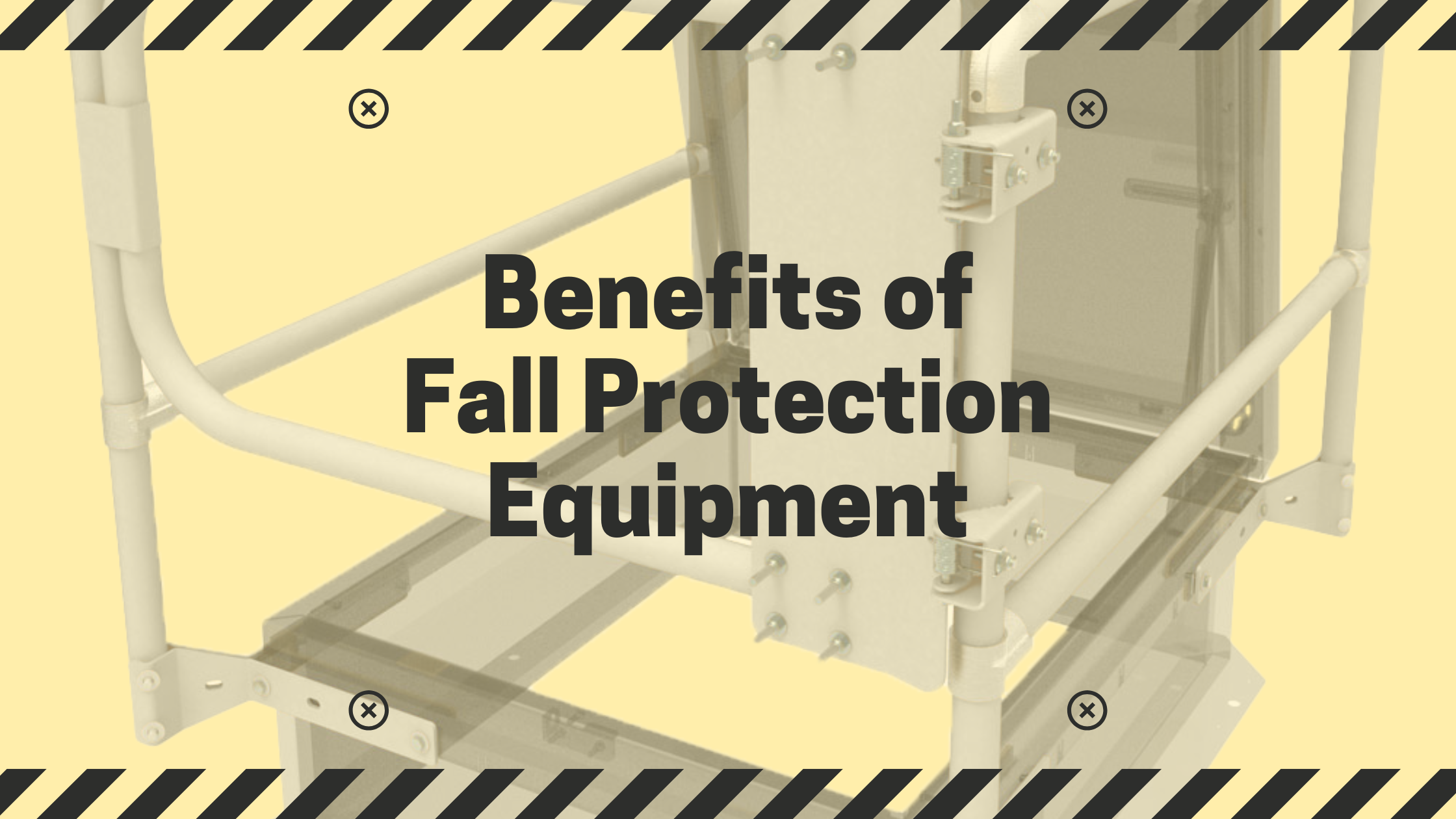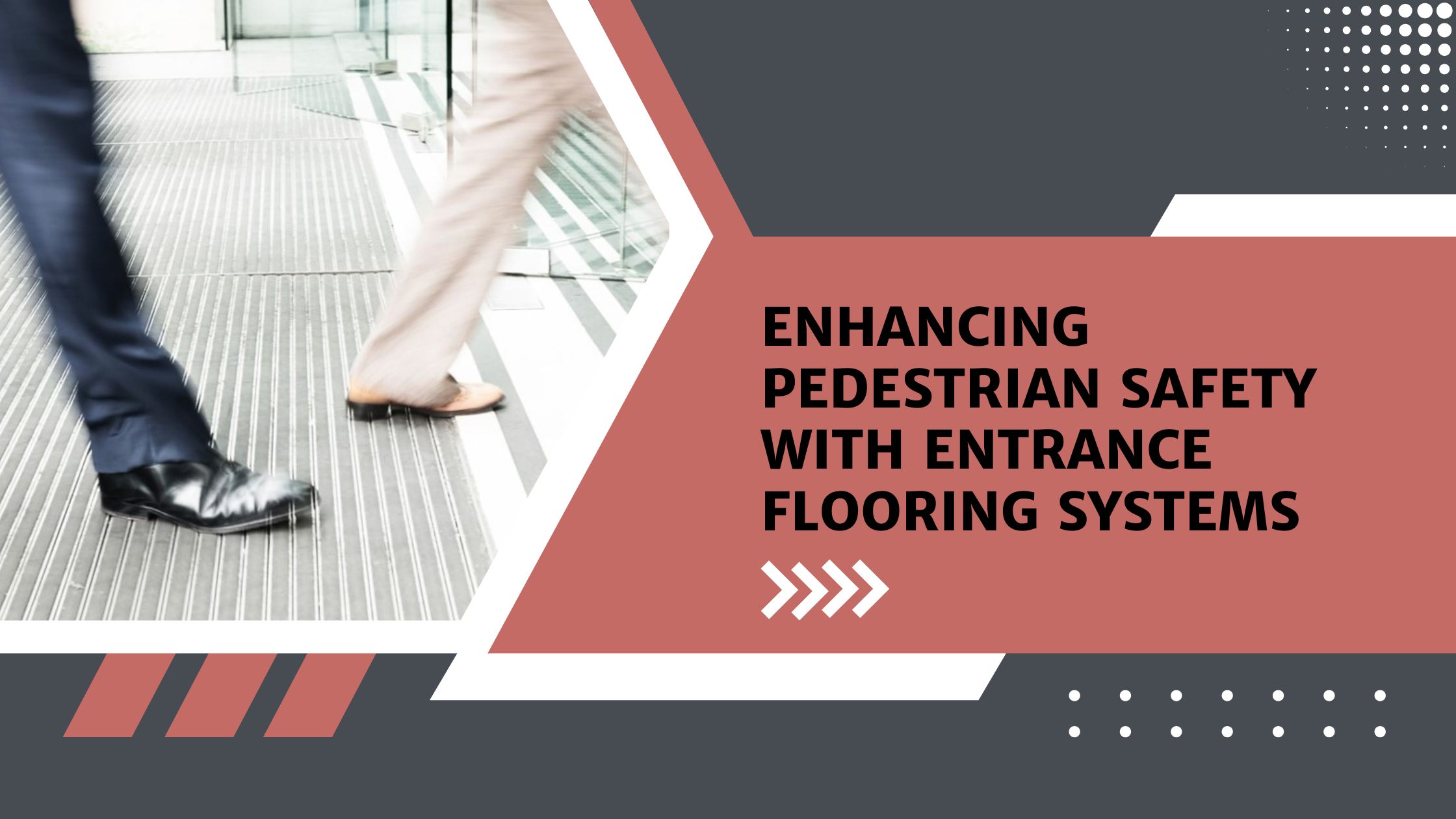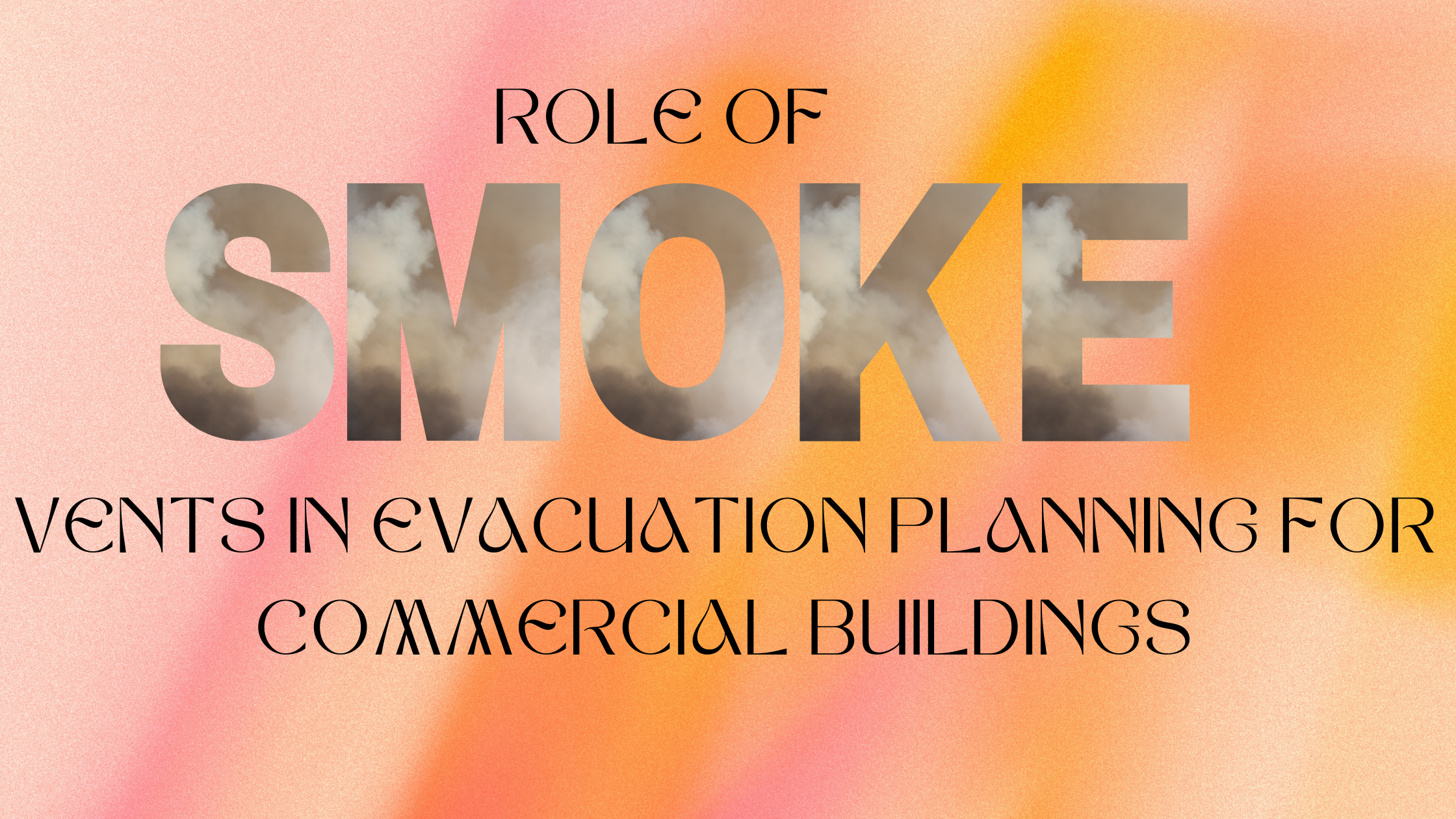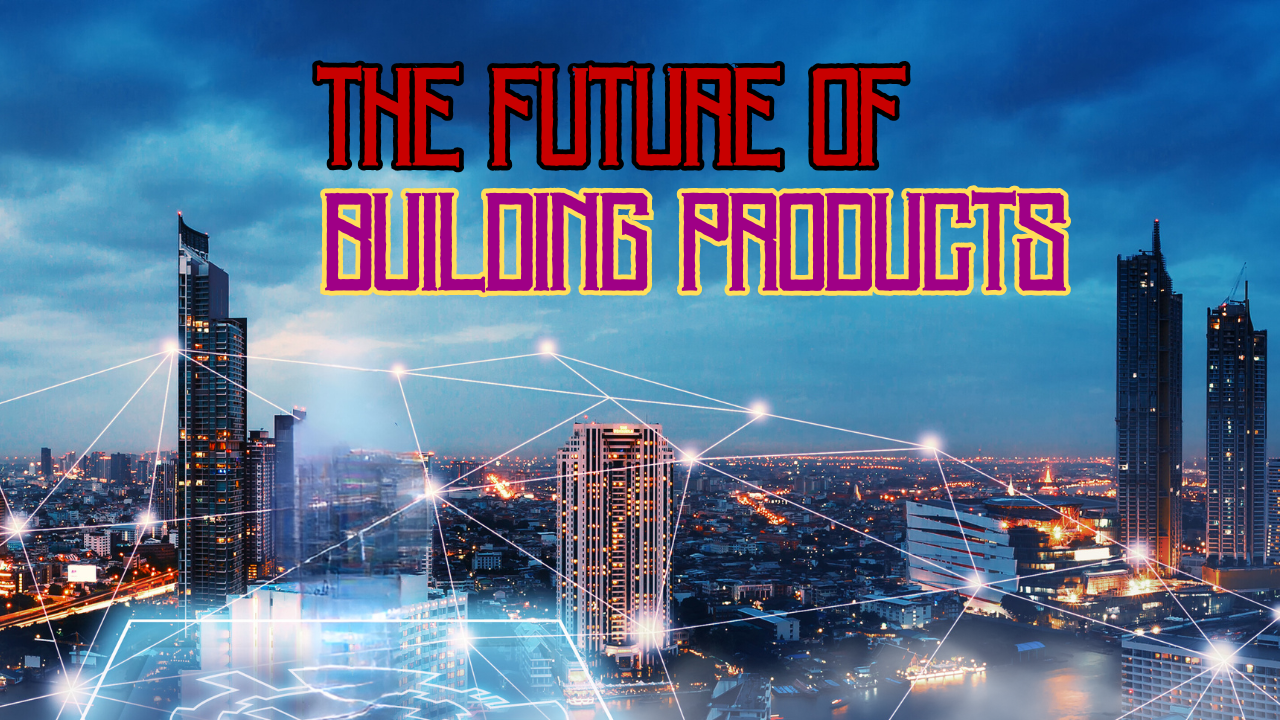Ceiling Expansion Joint: Function, Materials, and Best Practice
Ceiling expansion joints are essential in building design, especially when working with large or multi-structure buildings.

Ceiling expansion joints are essential in building design, especially when working with large or multi-structure buildings.

You don’t really see them, but concrete floor expansion joints are a big deal in commercial buildings. They’re one of those hidden things that keep the place solid and safe. Picking the right ones can make a huge difference in how long your floor lasts.

Working in the construction industry can be a dangerous endeavor, with the potential for falls from high places always present. Contractors and building owners must take extra precautions to ensure their safety when working at heights from rooftops and floor doors. This is where fall protection equipment comes into play. Fall protection equipment is designed to keep workers safe while they are working at heights, and its use is increasingly demanded throughout the construction industry. In this blog post, we’ll discuss why it’s so important for contractors and building owners to utilize fall protection equipment and how it can benefit them.

One often-overlooked element that plays a crucial role in ensuring pedestrian safety is the commercial entrance flooring system. These systems do more than just enhance the aesthetic appeal of a building's entrance; they provide essential safety benefits that protect everyone who walks through the door.

For years, specifications – those detailed documents outlining requirements for products, projects, or processes – have been the backbone of industries from construction to manufacturing. But in a world increasingly driven by digital innovation, are our traditional specification methods keeping pace? The answer, often, is no. Thankfully, the future of specification is bright, driven by exciting advancements that promise to revolutionize how we create, manage, and utilize these crucial documents.


Fire extinguishers and cabinets are essential components of a business's fire safety strategy, designed to provide easy access to firefighting equipment in an emergency. However, many businesses inadvertently make mistakes in their usage and maintenance of fire extinguishers and cabinets, which can compromise their effectiveness. In this blog, we'll explore some common mistakes businesses make with fire extinguishers and cabinets and provide tips on how to avoid them.

In the event of a fire emergency, the safety and well-being of building occupants rely heavily on effective evacuation planning and systems. Smoke vents are integral components of emergency preparedness in commercial buildings, facilitating the safe evacuation of occupants and aiding firefighting efforts. In this blog, we'll explore the crucial role of smoke vents in evacuation planning and their contribution to enhancing overall safety in commercial properties.

The building products industry is on the cusp of significant transformation, driven by technological advancements, sustainability demands, and evolving construction practices. As we look to the future, it’s clear that innovation will be the key to staying competitive. Nystrom is poised to lead the way with forward-thinking strategies and cutting-edge developments. Here’s a glimpse into the future of building products and how Nystrom plans to stay ahead of the curve.

Non-drainable floor doors find applications in various settings where access to utility or storage spaces beneath the floor is required, and where maintaining a seamless and unobtrusive floor surface is important.